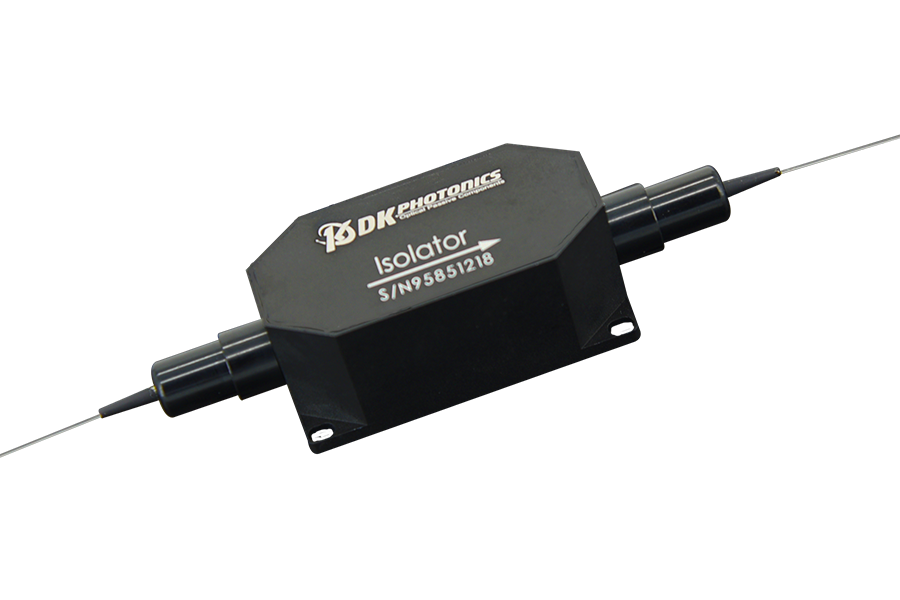Polarization maintaining optical circulators and isolators are both important devices for managing light propagation in fiber optic systems. But what exactly sets them apart? This article explains the key differences between polarization-maintaining (PM) optical circulators and isolators and when each is most applicable.
Polarization Maintaining Optical Circulators
A PM optical circulator is a non-reciprocal three-port device that directs light from one port to the next sequentially.
Light entering port 1 exits from port 2, while light entering port 2 is directed to port 3. Back propagation is blocked – light cannot travel in reverse.
PM circulators maintain the polarization of signals passing through. Key attributes include:
- Compact size
- Low insertion loss
- High isolation between ports
- Single-direction light circulation
- Polarization maintaining
Applications of Optical Circulators
Polarization-maintaining optical circulators enable various functions in optical systems:
- Add/drop multiplexing – Circulators allow individual channels to be dropped or added in DWDM networks. A fiber Bragg grating reflects the selected wavelength to port 3.
- Bidirectional amplification – Circulators route forward and reverse beams through fiber amplifiers.
- Unidirectional links – Circulators enforce one-way light propagation along fibers.
- Optical sensing – They direct light to and from fiber optic sensors.
- Optical switching – Circulators can route signals between multiple fibers.
Polarization Maintaining Optical Isolators
A PM optical isolator is a two-port non-reciprocal device that allows light to pass in one direction but blocks it in reverse. Key features:
- Extremely low back reflection
- High forward transmission
- Compact packaging
- Polarization maintaining
- Often used with laser diodes
The isolator prevents back-reflected light from reaching the laser source. This protects the laser from destabilization and coherence degradation.
Applications of Optical Isolators
PM optical isolators protect laser sources and enforce unidirectional light flow in:
- Laser diodes – Isolators prevent back-reflections from destabilizing diode lasers.
- Amplifiers – Isolators maintain amplifier stability by blocking reverse ASE noise.
- Sensors – Isolators allow measurement light to reach sensors but block backscatter.
- Transceivers – Isolators keep damaging reflections away from laser transmitters.
- Modulators – Isolators stop unwanted back-reflections into modulators.
Key Differences Between Optical Circulators and Optical Isolators
While both are non-reciprocal optical devices, some key differences exist:
Ports
- Optical circulators have 3 ports to route light directionally between fibers.
- Optical isolators have 2 ports for unidirectional transmission.
Function
- Optical circulators cycle light from port to port sequentially.
- Optical isolators block light in one direction only.
Applications
- Optical circulators enable bidirectional links, add/drop, and switching.
- Optical isolators protect lasers and enforce unidirectional propagation.
Isolation
- Moderate isolation between non-adjacent ports in optical circulators.
- Very high isolation in the reverse direction in optical isolators.
Cost
- Optical circulators are generally more expensive than isolators.
- Optical isolators are economical for protecting lasers.
While both optical devices leverage non-reciprocal effects, optical circulators and isolators perform different core functions. Polarization-maintaining optical circulators actively route light between multiple ports. Polarization-maintaining optical isolators passively prevent back-propagating light along a single path. Understanding these key differences allows selecting the right component for fiber optic systems and instruments.


Leave A Comment